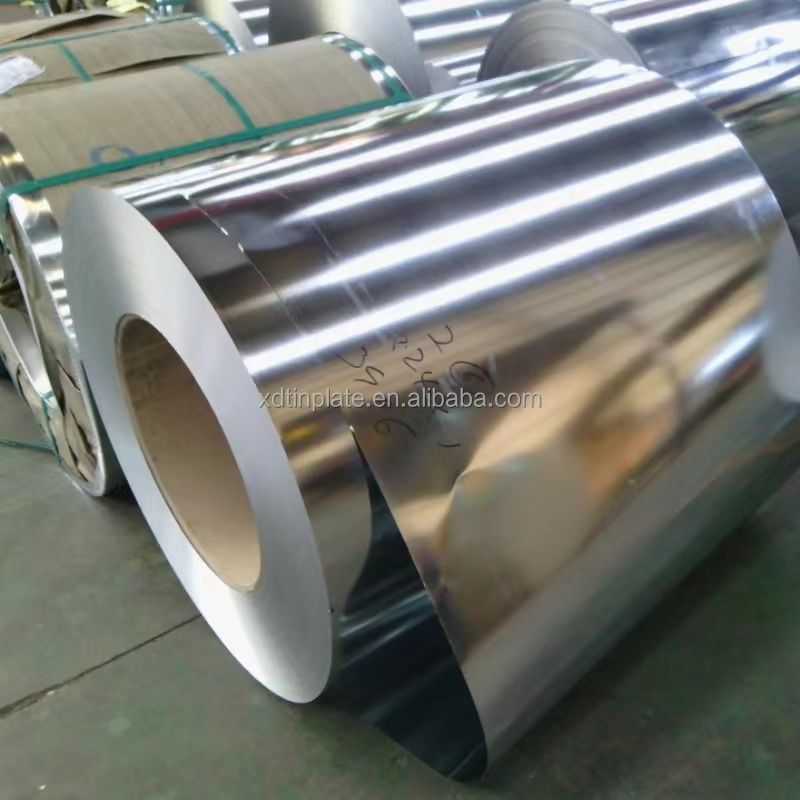
12 月 . 04, 2024 09:23 Back to list
Determining the Optimal Size for Roof Sheets in Construction Projects
Understanding Roof Sheet Sizes A Comprehensive Guide
When it comes to roofing, one of the most critical factors to consider is the size of the roof sheets. Roofing sheets serve as a protective layer that safeguards structures from the elements, while also contributing to the overall aesthetic appeal of buildings. Understanding the different sizes available and how they can affect installation is vital for both homeowners and contractors alike.
What Are Roof Sheets?
Roof sheets are flat or profiled sheets used in the construction of roofs. They are typically made from various materials, including metal, plastic, and asphalt, with metal sheets being the most common. Steel, aluminum, and zinc are popular metal choices due to their durability and resistance to corrosion.
Common Roof Sheet Sizes
Roof sheets come in various sizes, which can significantly impact the roofing project. The width and length of sheets can vary, but there are standard measurements often adhered to in the industry
1. Width Standard widths typically range from 0.8 meters (2.6 feet) to 1.2 meters (4 feet). Wider sheets can cover more area, potentially reducing the number of sheets needed and minimizing seams that could compromise the roof’s integrity.
2. Length The length of roof sheets is more variable and can be customized depending on the building’s specifications. Common lengths can range from 2.4 meters (7.9 feet) to 6 meters (19.7 feet), but custom sizes up to 12 meters (39.4 feet) or more can be ordered. This flexibility allows for a tailored fit that can enhance both aesthetics and performance.
Factors Influencing Roof Sheet Size Selection
1. Roof Design The architectural design of the building greatly influences the size of the roof sheets required. Complex roofs with multiple angles and slopes may require smaller sheets to accommodate the intricate design, while a simple, flat roof may benefit from larger sheets.
roof sheet size

2. Material Type Different materials come in various thicknesses and strengths, which can influence the size and weight of the sheets. For instance, metal sheets can be more lightweight, allowing for larger sheets, whereas heavier materials might necessitate smaller sizes for easier handling and installation.
3. Local Climate In regions prone to extreme weather conditions, such as heavy snowfall or high winds, larger and sturdier roof sheets may be preferable to ensure greater water runoff and robust structural integrity.
4. Installation Method The way roofing sheets are installed can also dictate the size. For example, if a roofing system requires extensive fastening or overlaying, smaller sheets may be more suitable for the installation process.
Benefits of Choosing the Right Size
Selecting the appropriate size for roof sheets is not just about aesthetics; it also impacts functionality, cost-efficiency, and maintenance
1. Cost Efficiency Larger sheets can reduce the number of seams and fasteners required, minimizing labor costs and the overall material waste.
2. Enhanced Durability Properly sized sheets can provide better coverage, reducing the likelihood of leaks and damage caused by environmental factors.
3. Ease of Installation Sheets that are appropriately sized for the roof design and structure can be installed more easily and quickly, reducing overall project time.
Conclusion
Selecting the right roof sheet size is a critical step in the roofing process that requires careful consideration. By evaluating key factors such as roof design, material type, climate conditions, and installation methods, homeowners and contractors can ensure they choose the most suitable sizes for their projects. Ultimately, making informed decisions about roof sheet sizes not only enhances the performance and longevity of the roof but also contributes to the overall visual appeal of the building. Whether you are engaging in a new construction or a roofing renovation, understanding this aspect will pay dividends in the long run.
-
Galvanized steel sheet price hot-dip galvanized
NewsMar.07,2025
-
Galvanized steel sheet price hot-dip galvanized
NewsMar.07,2025
-
Galvanized steel sheet price hot-dip galvanized
NewsMar.07,2025
-
Galvanized steel sheet price hot-dip galvanized
NewsMar.07,2025
-
Galvanized steel sheet price hot-dip galvanized
NewsMar.07,2025
-
buy corrugated roof sheet end capping
NewsMar.07,2025